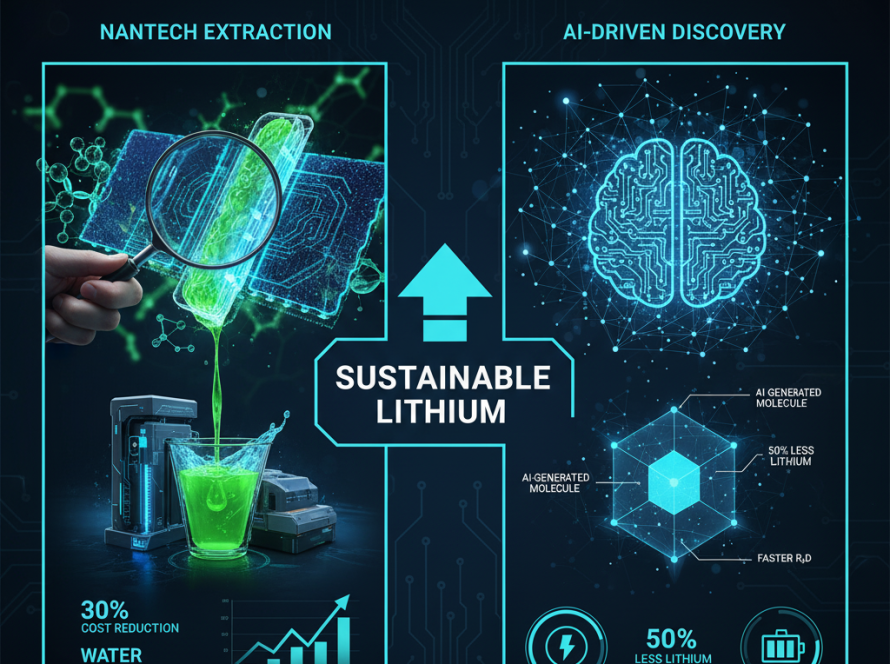BlackRock’s Global Infrastructure Partners has acquired a 49.99 percent stake in Eni’s CCUS business, which includes projects in the United Kingdom, the Netherlands, and Italy. This deal aligns the world’s largest asset manager with one of Europe’s leading energy companies. The partnership combines global capital with operational expertise and positions CCUS not just as an environmental solution but as a long-term infrastructure investment.
Key Takeaways
- BlackRock has taken nearly half ownership of Eni’s CCUS portfolio, signaling institutional investor confidence.
- The portfolio includes HyNet and Bacton in the UK, the L10 project in the Netherlands, and Ravenna in Italy.
- The partnership blends Eni’s technical expertise with BlackRock’s financial power.
- The transaction reframes CCUS as infrastructure-grade rather than experimental.
- Executives should recognize CCUS as a maturing market with significant opportunities for scaling.
The Deal at a Glance
Eni has developed one of Europe’s most advanced CCUS portfolios. The assets span multiple geographies, from HyNet and Bacton in the UK to the L10 project in the Netherlands and the Ravenna hub in Italy. By selling a 49.99 percent stake to BlackRock’s Global Infrastructure Partners, Eni gains not only financial backing but validation from one of the most influential players in global investment.
Why BlackRock’s Entry Matters
For years, carbon capture was considered a niche solution, heavily dependent on subsidies. BlackRock’s involvement changes that perception. With ten trillion dollars under management, BlackRock invests in infrastructure that it believes will define markets for decades. By stepping into CCUS, it places the sector alongside renewable energy, pipelines, and transmission systems as a credible and scalable asset class.
Strategic Implications for Executives
Capital Markets Signal: Institutional capital is now flowing into CCUS at scale. This creates new financing models and partnership opportunities.
Operational Validation: Eni’s projects demonstrate that CCUS can be designed, permitted, and deployed in multiple regions. Combining technical expertise with capital accelerates deployment.
Competitive Dynamics: Capacity expansion will reshape compliance strategies and may create new opportunities for cross-sector collaboration.
Investor Expectations: BlackRock’s participation sets a precedent. ESG-focused investors will increasingly expect companies to consider CCUS in their decarbonization strategies.
Case in Point
The evolution of offshore wind is a useful comparison. Once dismissed as costly and experimental, it became investable once institutional money entered the sector. Offshore wind then scaled rapidly and reshaped the energy mix in Europe and beyond. CCUS is now at a similar inflection point. BlackRock’s move is not about testing feasibility but about positioning early in a market that could define the next two decades.
What This Means for Leaders
- Reevaluate decarbonization strategies in light of growing institutional capital flows into CCUS.
- Explore joint ventures and financing structures that bring together operational and financial expertise.
- Position CCUS not just as a compliance mechanism but as a strategic infrastructure asset.
Bottom Line
BlackRock’s investment in Eni’s CCUS portfolio is more than a transaction. It is a market signal. Carbon capture has shifted from being government-backed technology to becoming an investable infrastructure sector. For executives, the choice is no longer whether CCUS will scale but how quickly and with which partners.



